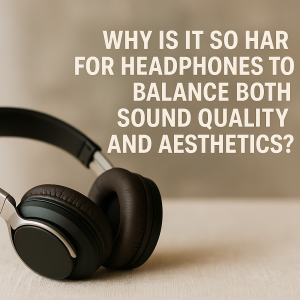Circle of Fifths: A Core Concept in Piano Music
In our previous session, we introduced musical intervals. Two of them play a vital role in music theory: the octave and the fifth. The octave cycle is fairly straightforward—it’s the repetition of a note name, like moving from C major up to the next C major on the keyboard. But what about the cycle based on fifths?
This is where the Circle of Fifths comes in.
Also referred to as the Circle of Keys, it mirrors the layout of a traditional clock. Let’s take a closer look at that comparison.
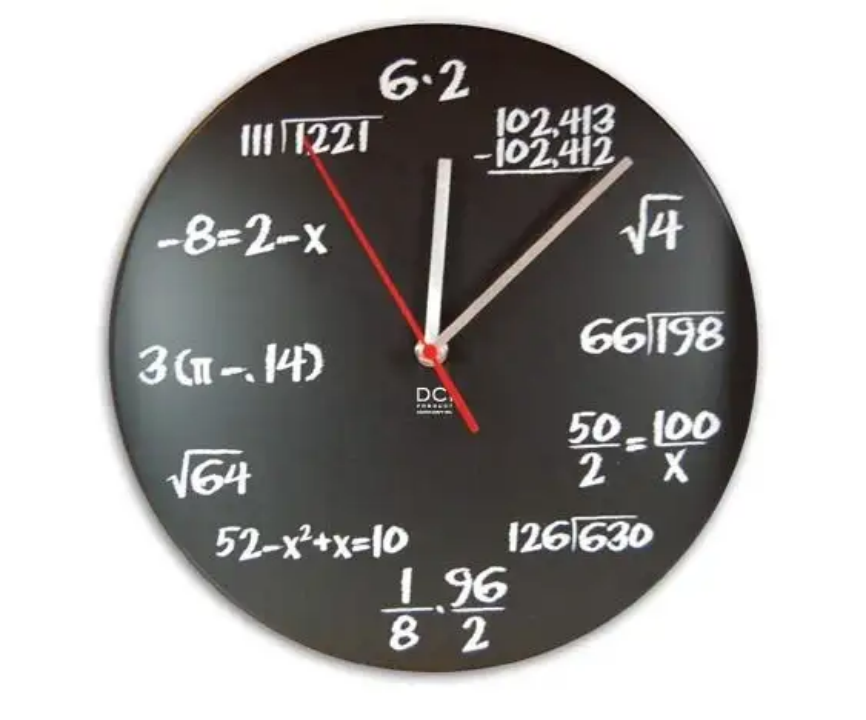
At first glance, a clock might seem complex. But with a simplified view, we can assign each hour mark to a specific musical key.
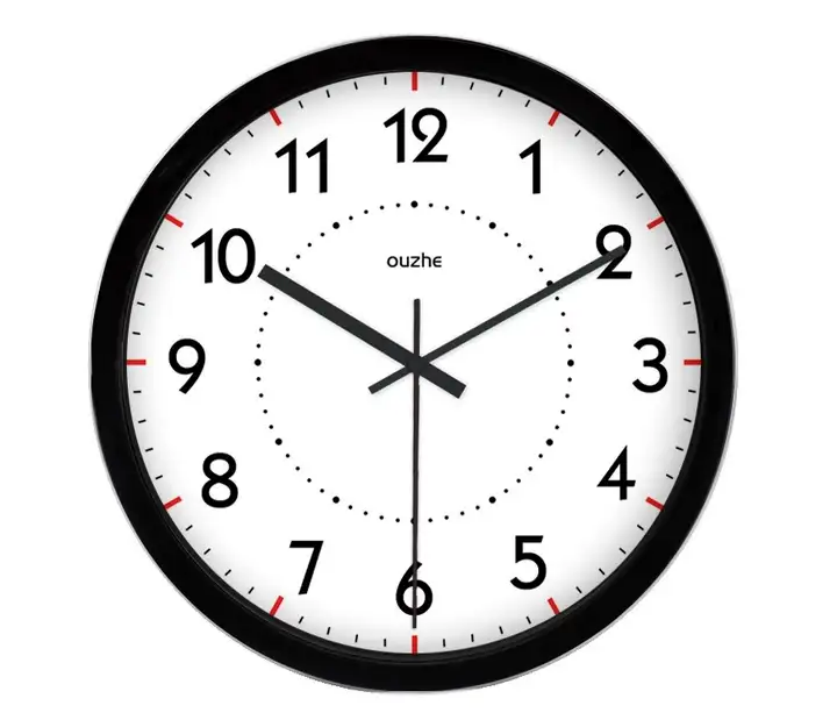
The circle uses all 12 positions on the clock to represent different keys. Let’s begin organizing them step by step using major scales and their key signatures.
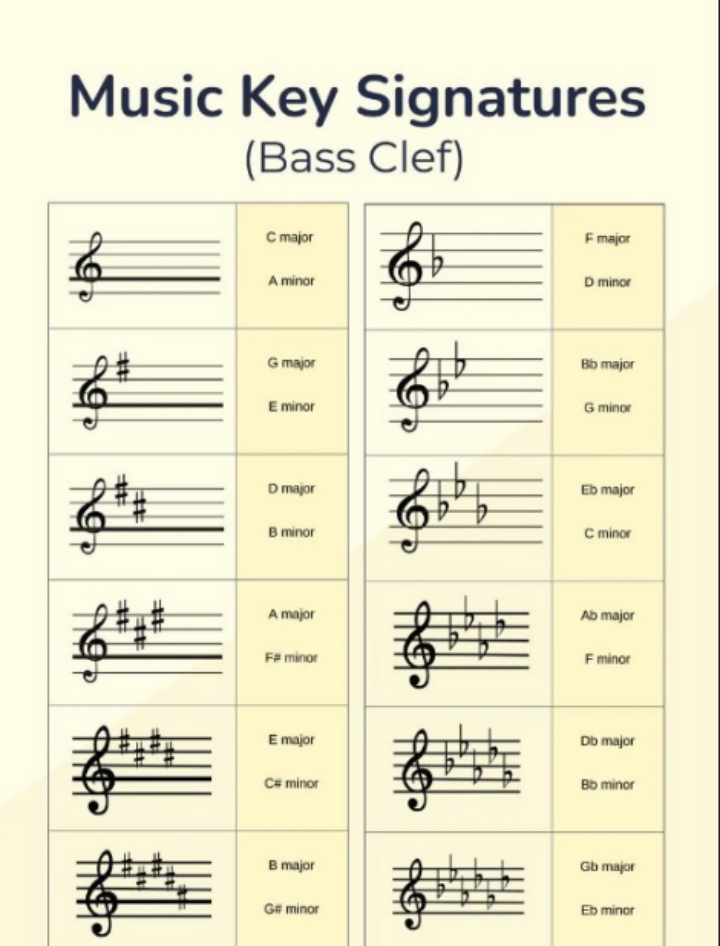
1. Start by placing C major at the top, in the 12 o'clock position.
2. Moving clockwise, you add sharps to the key signature: G major (1 sharp) at 1 o'clock, D major (2 sharps) at 2 o'clock, continuing this pattern up to 7 o'clock.
3. Going counterclockwise, you add flats: F major (1 flat) at 11 o'clock, B♭ major (2 flats) at 10 o'clock, and so on until you reach 5 o'clock.
4. By overlapping both the clockwise and counterclockwise sides, you create the Circle of Fifths for major keys.
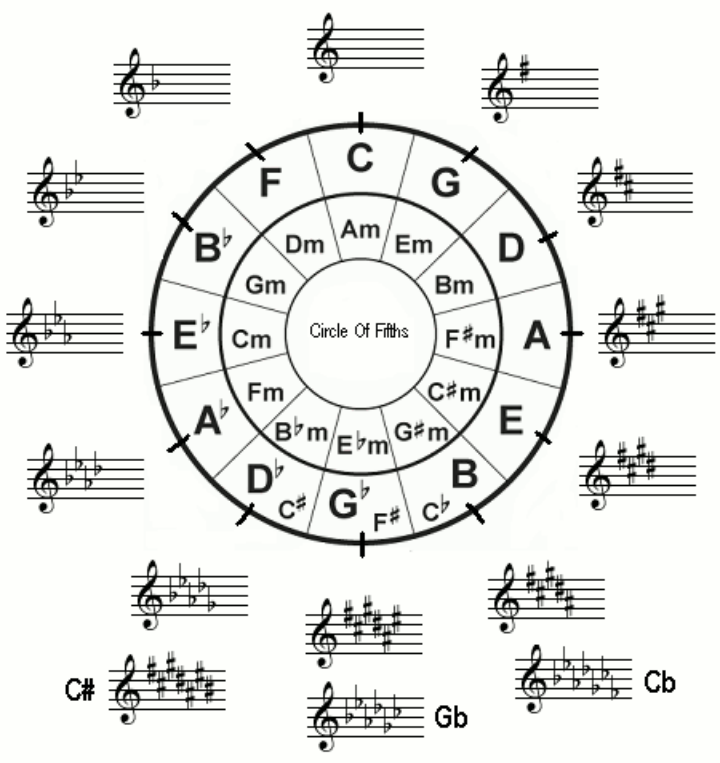
This shows how each step around the circle changes the key signature by just one sharp or flat.
Why is it called the Circle of Fifths?
Because each clockwise move on the clock raises the pitch by a perfect fifth, while each counterclockwise move lowers it by a fifth.
As you examine the circle more closely, you’ll notice something fascinating at the 5, 6, and 7 o'clock positions: enharmonic equivalents. For example, B is the same note as C♭, F♯ equals G♭, and C♯ matches D♭. That’s why, while there are theoretically 15 possible major key signatures, in practice we use only 12 due to these overlapping cases.
Once you’re familiar with the major scales, you can move on to minor keys more easily. Let’s explore the Circle of Fifths for minor scales and how a minor fits into it.
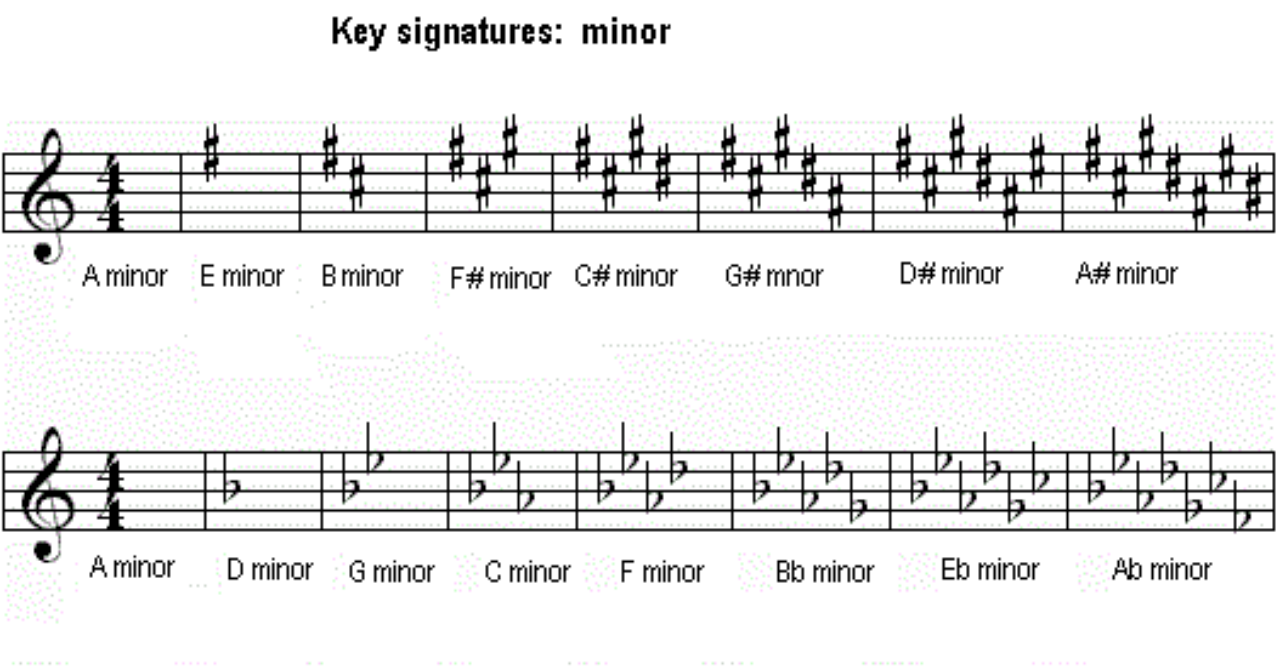
1. Place A minor at 12 o’clock.
2. Clockwise: Add sharps to the key signature—E minor at 1 o'clock, B minor at 2 o'clock, and so on.
3. Counterclockwise: Add flats—D minor at 11 o'clock, G minor at 10 o'clock, continuing around to 5 o'clock.
4. Just like the major version, this Circle of Fifths shows how closely related the minor keys are, based on the same pattern of fifths and changes in key signature.
Interesting duplicates appear again at 5, 6, and 7 o’clock: enharmonic equivalents among minor keys. This is why, like in the major system, there are 15 theoretical minor key signatures, but we only use 12 unique keys in practice.
Why is the Circle of Fifths such a powerful tool?
1. It helps identify relative keys. For instance, C major and A minor share the same key signature and occupy the same spot on the clock. That’s why they’re called relative major and minor.
2. It shows close relationships. Keys next to each other, like C major and G major, are considered closely related and often appear together in compositions.
3. It reveals distant relationships too. Keys across the circle from each other, such as C major and F♯ major, are considered distantly related and rarely used in the same piece due to contrasting key signatures.
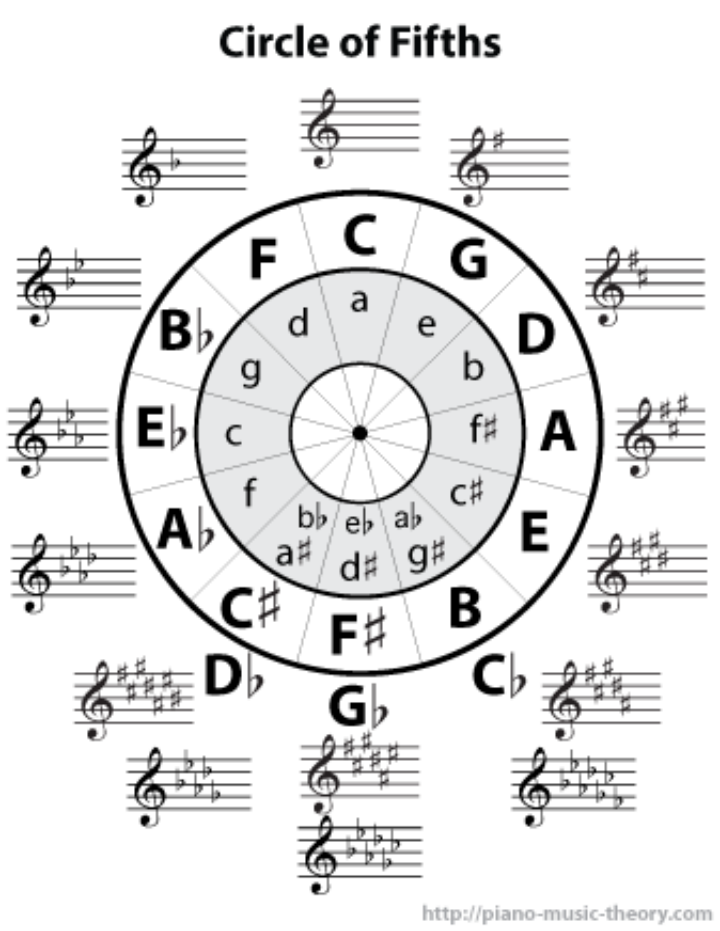
By understanding the Circle of Fifths, you gain a powerful map for navigating music theory, learning key relationships, and making sense of both C major and A minor, as well as every other major and minor scale.

